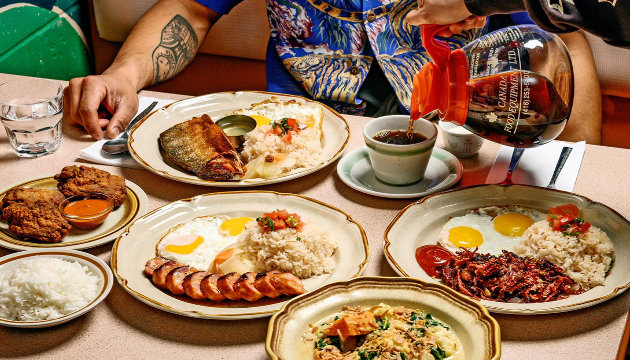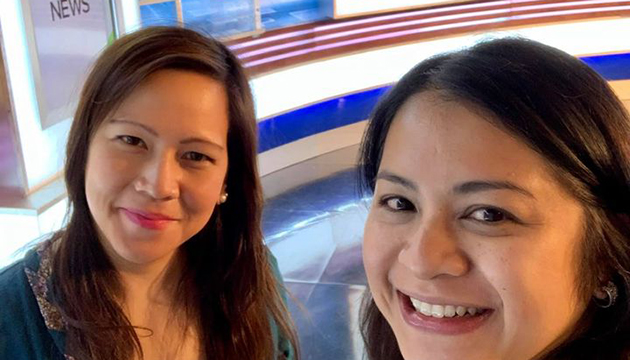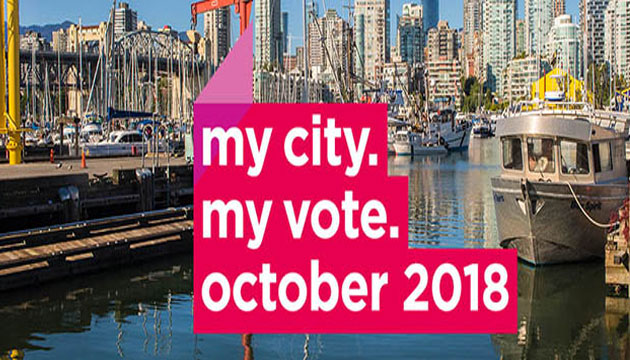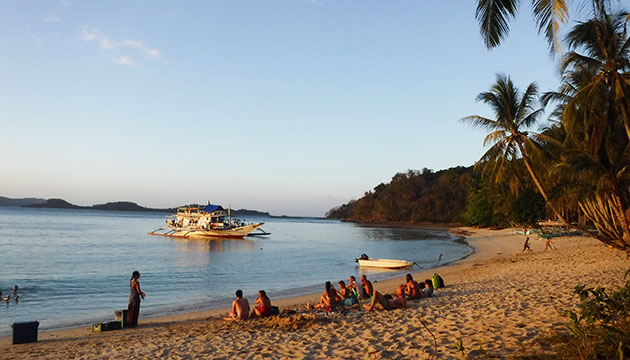April 16, 2020 - These are uncertain and unsettling times particularly for children and youth. The wings of the pandemic have spanned over the geography of 185 countries, sickened nearly two million people, and claimed the lives of well over a hundred thousand, and counting. It has shuttered the national economy. It has profoundly disturbed every aspect of normal living. All these over a short period of about four months.
Adults have distilled a measure of resilience from the wisdom of the ages. For one, I have lived long enough to have experienced a world war; a number of regional wars, and natural disasters; and epidemics – all these during my growing up and working years. Stories of pains and sufferings I had heard. Calamities I had seen. Anxiety and fear I had felt. Times were I really worried about the future. We gathered then, not distanced. We prayed for peace. We coped. There was none of the restrictions, though, like the directives that have been imposed these days, for good reasons I should add. But I also add that Covid-19 is unlike any other prior experience.
Fears and Feelings
Children and youth, however, depending on their specific age, developmental stage, temperament, educational level, and life experience, would naturally be anxious when their usual geographic landscapes outside the home are closed to them: daycare, nursery, and kindergarten classes; grade and high schools; tech-voc schools, colleges and universities; playgrounds, parks and beaches; restaurants and bars; movie theatres and concert halls; and places of religious worship.
Their respective anxieties and apprehension for themselves and for their siblings, parents, grandparents, cousins and their friends – for all their loved ones – would be awakened. When they talk to their younger or older siblings; when they call their playmates and friends; when they watch television and the social media; and when they read and hear the news – they would likely have a load of feelings. Are they in danger of getting the virus?
Teenagers in particular are vulnerable. DoSomething.org, a youth-led movement for young people and social change, has recently done three surveys, spaced a week apart, receiving a total over 8,000 responses from teens and youth 13 o 25 years old. The survey was to ascertain how this age group is handling the COVID-19 pandemic. The results: deep concern for the safety, health and well being of their loved ones, especially parents and grandparents; their school progress and future plans; getting the virus and getting very sick or even dying; being a carrier of the virus to others; employee and consumer safety and job security; stricter requirements and enforcement around social distancing; and support for healthcare workers. These concerns translate to feelings of frustration, nervousness, disconnection, and sadness. Clearly, young people across the country must be feeling the impact deeply.
Restrictions and consequence
Lockdown. Self-isolation. Quarantine. Stay-at-home. Shelter-in-place. Six-foot physical distancing. No handshake. These have become a common part of our daily lexicon.
Parks, playgrounds and beaches closed. Vacations and trips cancelled. Schools, colleges and universities interrupted. Prom and graduation ceremonies, birthday celebrations and weddings postponed. No sports, movie theatres, nor concerts. Restaurants and bars closed. These most certainly add stress to daily living.
No visitors to seniors home. Healthcare workers getting infected and dying. ER and ICU overwhelmed. Test kits not enough. Conflicting and confusing messages from government officials. Place of worships closed. These touch the soul and humanity of anyone. Our children and youth surely must be wondering and asking the natural question, “Why the restrictions?”
Words of reassurance and confidence
I would like to share with our children and youth and their parents the following:
- that following public health directives contribute immensely to help break the human chain of transmission and, thereby, help control the pandemic.
- that the disease is mild for most of the patients (80.00%);
- that doctors, nurses, and other healthcare workers are well trained and dedicated to attend to those needing hospitalization;
- that elderly seniors greatly benefit from social distancing and from family members strictly adhering to washing their hands with soap and water and wearing a face covering; and
- that medical doctors and scientists, with the World Health Organization, have been working hard and already have underway clinical trials of potentially effective vaccines, drugs and antibody-rich plasma.
Resources
Caring for Kids and the Canadian Pediatric Society (CPS) have resources “to help you navigate this stressful time with your children.” They are very instructive.
The Information listed below relate to COVID-19. Should you need a print copy and you have no access to a computer and printer, e-mail me at
- How can we talk to kids about COVID-19? Be “realistically reassuring”:
Dr. Robin Williams, Chair, Early Years Task Force - Parenting during COVID-19: A new frontier: Kassia Johnson advises parents to “take a breath”
- Talking to children about stressful public events: Canadian Paediatric Society’s Caring for Kids Adolescent medicine team of CHU Ste-Justine, Montreal, Quebec
- How to help youth tackle the blues during COVID-19 and #physicaldistancing: Erin Romanchych, clinical psychologist; Dr. Daphne Korczak, Chair, Mental Health Task Force.
- When your child has ADHD: Coping during a pandemic: Dr. Daniel Gorman, Hospital for Sick Children
- COVID-19: Information for parents of immunocompromised children and children with chronic medical conditions: Hospital for Sick Children, Toronto
- Coronavirus and asthma: Asthma
The first on the list by Dr. Robin Williams addresses key points “to help build the resilience” in the child: 1) Be reassuring; 2) Bring children into conversation; 3) Help them sort facts from fiction; 4) Help children have some control; 5) Be mindful of media; 6) Be creative and grateful. He concludes: “Aim to provide them with realistic reassurance.”












